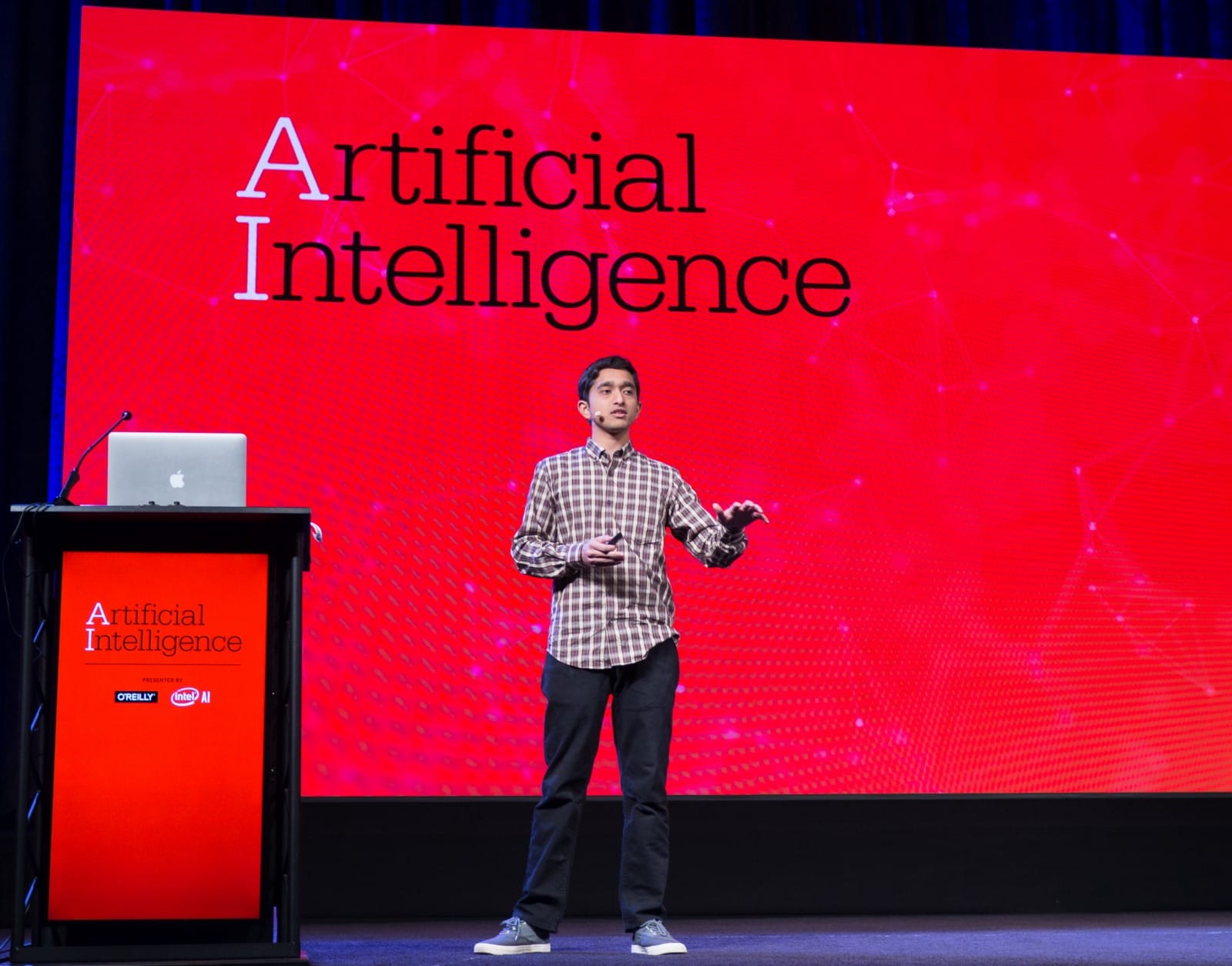As companies utilize data to improve their user experiences and operations, it becomes increasingly important that the infrastructure supporting the creation and maintenance of machine learning models is scalable and will enable high productivity.
Tag Archives: machine learning
Leveraging Causal Modeling to Get More Value from Flat Experiment Results
A/B tests and multivariate experiments provide a principled way of analyzing whether a product change improves business metrics.
Retraining Machine Learning Models in the Wake of COVID-19
The advent of the COVID-19 pandemic created significant changes in how people took their meals, causing greater demand for food deliveries.
Optimizing DoorDash’s Marketing Spend with Machine Learning
Over a hundred years ago, John Wanamaker famously said “Half the money I spend on advertising is wasted; the trouble is, I don’t know which half”.
Enabling Efficient Machine Learning Model Serving by Minimizing Network Overheads with gRPC
The challenge of building machine learning (ML)-powered applications is running inferences on large volumes of data and returning a prediction over the network within milliseconds, which can’t be done without minimizing network overheads.
DoorDash’s ML Platform – The Beginning
DoorDash uses Machine Learning (ML) at various places like inputs to Dasher Assignment Optimization, balancing Supply & Demand, Fraud prediction, Search Ranking, Menu classification, Recommendations etc.
Supercharging DoorDash’s Marketplace Decision-Making with Real-Time Knowledge
DoorDash is a dynamic logistics marketplace that serves three groups of customers:
Merchant partners who prepare food or other deliverables,
Dashers who carry the deliverables to their destinations,
Consumers who savor a freshly prepared meal from a local restaurant or a bag of groceries from their local grocery store.
For such a real-time platform as DoorDash, just-in-time insights from data generated on-the-fly by the participants of the marketplace is inherently useful to making better decisions for all of our customers.
Organizing Machine Learning: Every Flavor Welcome!
DoorDash’s principles and processes for democratizing Machine Learning
Six months ago I joined DoorDash as their first Head of Data Science and Machine Learning.
Personalized Cuisine Filter
The consumer shopping experience is a key focus area at DoorDash.
How Artificial Intelligence Powers Logistics at DoorDash
In May, DoorDash participated at the O’Reilly Artificial Intelligence Conference in New York where I presented on “How DoorDash leverages AI in its logistics engine.” In this post, I walk you through the core logistics problem at DoorDash and describe how we use Artificial Intelligence (AI) in our logistics engine.










